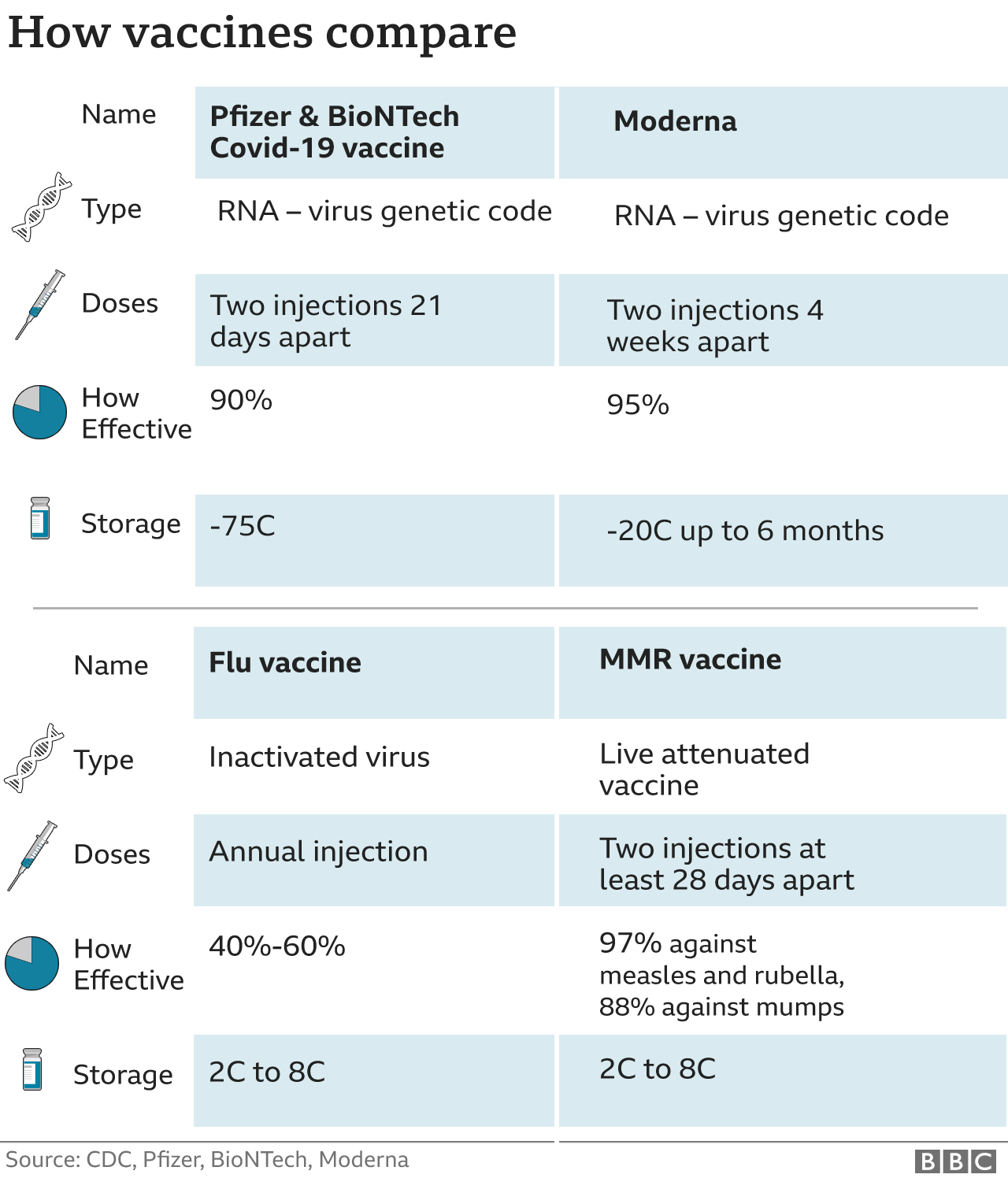
We investigated the rate of infection/reinfection by positive status at baseline in the four groups identified by PCR and IgG (PCR- IgG- PCR+ IgG+ PCR+ IgG- PCR-IgG+, S2 Fig in S1 File). 2,029 individuals, including the first cohort, were then vaccinated and monitored until June 2021 (characteristics of our study cohorts are reported in S1 Table of S1 File timing of tests is described in Materials and Methods, ‘Procedures’ section, and S1 Fig in S1 File). 1,493 participants were initially enrolled into the study starting from April 2020 and monitored before the vaccination campaign, which started on January 7 th, 2021. Our assay showed high sensitivity (95.2%) and specificity (97.6%), that allowed monitoring IgG levels over time in healthy people as well as in COVID-19 patients with accuracy and reproducibility (see Materials and Methods for details and ). Humoral immunity was measured by testing levels of IgGs against the receptor binding domain (RBD) of the spike protein using an in-house ELISA assay. Based on these results and published data, which showed that saliva can be successfully employed for SARS-CoV-2 detection by molecular assays with similar or higher sensitivity compared to the same assays applied on nasopharyngeal swabs, we consider both specimens equivalent for our purposes and discuss them indistinctly throughout our manuscript. All other positive cases gave highly comparable results, in term of Ct amplification, on both specimens. Only 2 samples positive on nasopharyngeal swab for only the N viral gene with Ct cycles>37 scored negative on saliva (data not shown). We obtained concordant results for 96% (45/47) of samples. All saliva samples (9/9, 100%) confirmed the positivity for SARS-CoV-2 (data not shown) ii) we collected and analyzed in parallel 47 saliva samples and nasopharyngeal swabs from individuals participating in our study. In order to compare the performance of saliva samples and nasopharyngeal swabs with our molecular assay for detection for SARS-CoV-2: i) we analyzed 9 saliva samples collected from symptomatic COVID-19 patients, positive for nasopharyngeal swab. Starting from April 2020, all workers, including health-care, support staff, administrative and research personnel, were tested for SARS-CoV-2 infection by quantitative PCR (qPCR) detection of viral genes, using the Allplex SARS-CoV-2 Assay (Seegene) on nasopharyngeal or saliva samples.

We performed systematic sanitary surveillance of the personnel working at the European Institute of Oncology (IEO), a large comprehensive cancer center in Milan, Northern Italy. The funders had no role in study design, data collection and analysis, decision to publish, or preparation of the manuscript.Ĭompeting interests: The authors have declared that no competing interests exist. Additional costs were covered through Institutional funds. Monturano ( head of the Health Risk Management and responsible for health data and security of IEO, following permission of release from the Institutional review board of IEO.įunding: Financial support for our study was provided by Fondazione Europea Guido Venosta, National Instruments Corporation, Ralph Lauren and MFS Investment Management. Data will be made available upon request to the corresponding authors and Dr. This is an open access article distributed under the terms of the Creative Commons Attribution License, which permits unrestricted use, distribution, and reproduction in any medium, provided the original author and source are credited.ĭata Availability: The complete dataset used for our analysis contains sensitive and potentially identifying information, considering that they relate to workers within our Institute.

Received: SeptemAccepted: JanuPublished: January 31, 2022Ĭopyright: © 2022 Ronchini et al. PLoS ONE 17(1):Įditor: Luisa Gregori, FDA, UNITED STATES (2022) Lower probability and shorter duration of infections after COVID-19 vaccine correlate with anti-SARS-CoV-2 circulating IgGs. Citation: Ronchini C, Gandini S, Pasqualato S, Mazzarella L, Facciotti F, Mapelli M, et al.


 0 kommentar(er)
0 kommentar(er)
